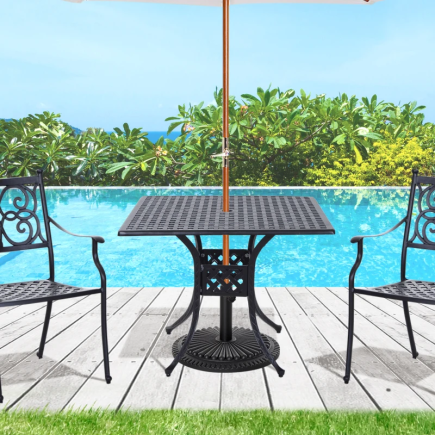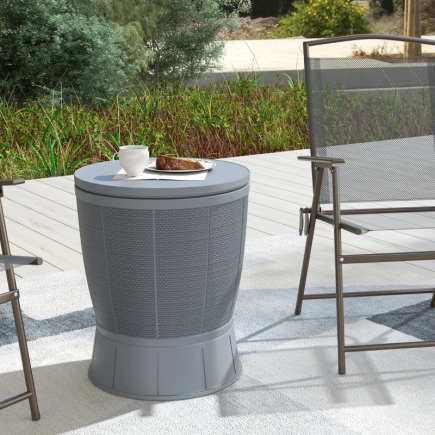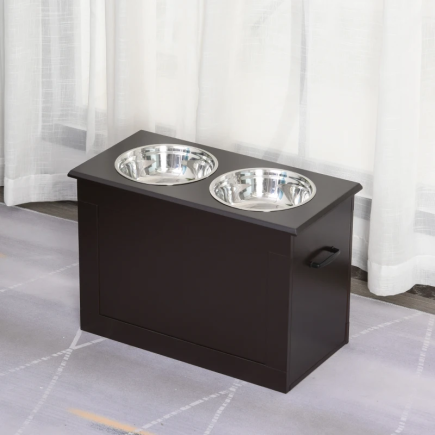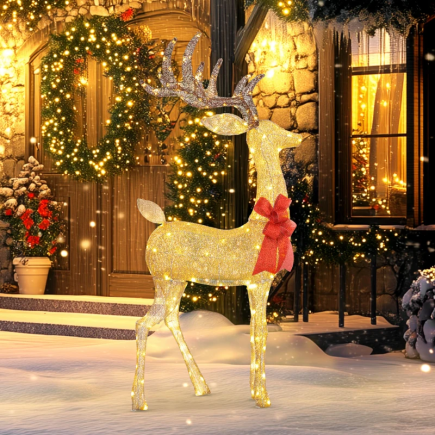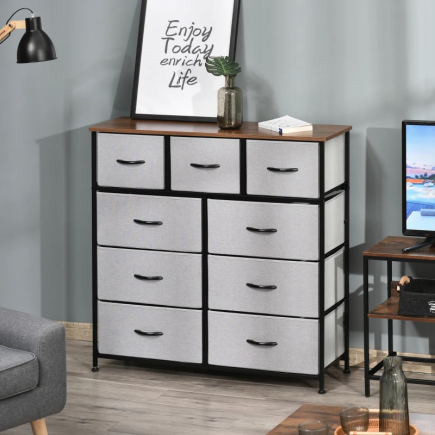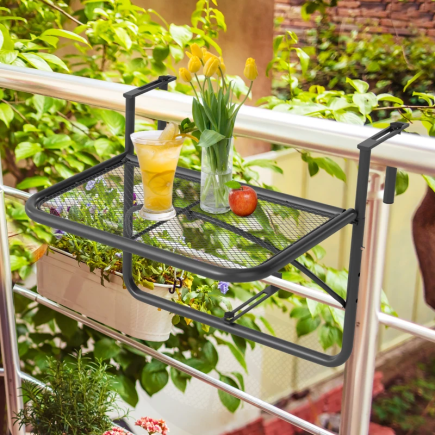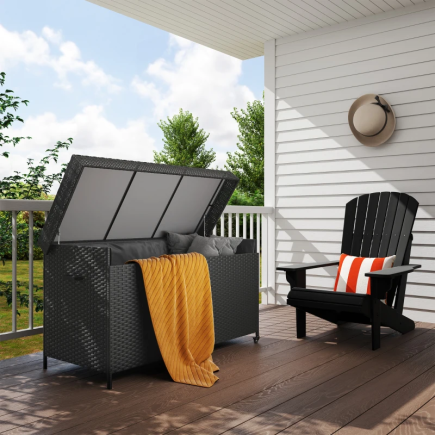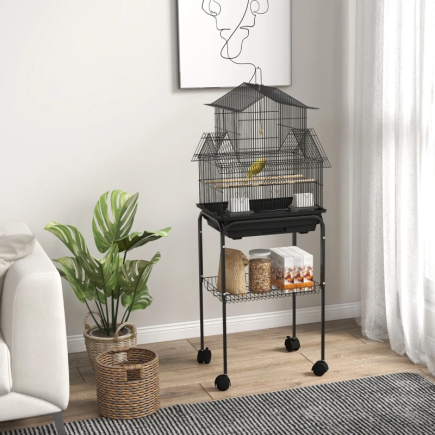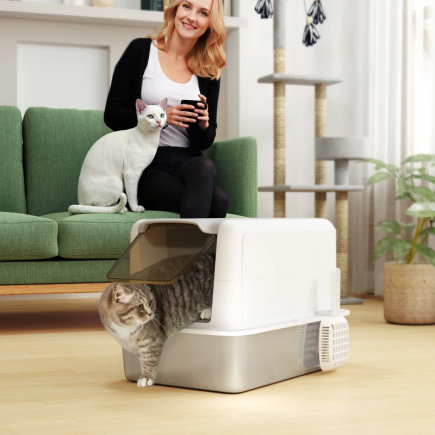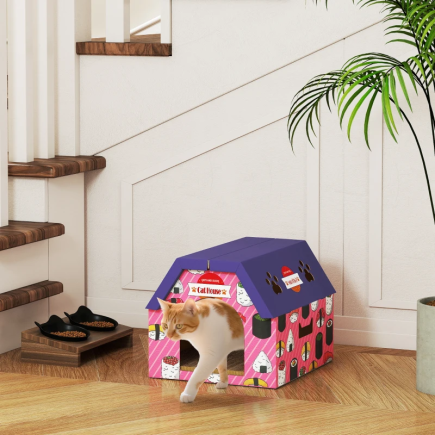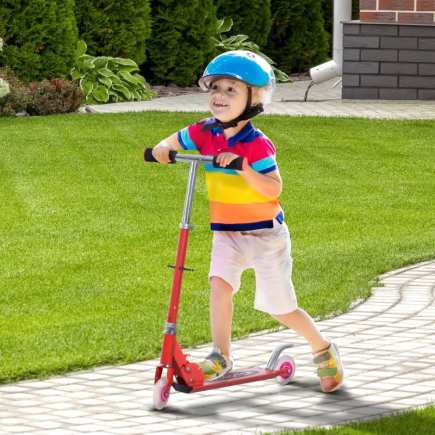Fire pits have always symbolized warmth and togetherness, serving as a focal point for outdoor gatherings. Traditional fire pits create an inviting ambiance, but there’s a downside that can disrupt the experience quickly. Enter smokeless fire pits, a remarkable innovation designed to deliver all the charm of a fire without the drawbacks of excessive smoke.

This detailed guide will explore how smokeless fire pits work, their design, and what makes them an appealing option for Canadian climates.
The Science Behind Smokeless Fire Pits
Primary vs. Secondary Combustion
To appreciate their smoke-reducing capabilities, it’s helpful to break down the two-step combustion process in more detail.
| Combustion Type | Characteristics | Outcome |
| Primary Combustion | Focuses on burning the core fuel, where oxygen directly mixes with the material to produce heat. | Some smoke and unburned particles escape. |
| Secondary Combustion | Burn-off stage involving unburned gases and particles igniting due to preheated air in a controlled environment. | Produces cleaner, more efficient flames with minimal smoke. |
Both processes must work in harmony to ensure cleaner emissions and higher heat efficiency. Smokeless fire pits excel in this area, thanks to features like double-wall designs and oxygen management systems.

Double-Wall Design and Its Role
A double-wall design is one of the most important features of a smokeless fire pit. The design involves two walls with a space between them. This gap allows air to circulate and ensures that the fire burns more efficiently.
How the Double-Wall Works
- Air enters through vents at the bottom of the fire pit, where it is drawn into the gap between the two walls.
- As the air travels up between the walls, it becomes heated.
- The heated air then rises through upper vents, where it is released into the combustion chamber. This superheated air helps to ignite the remaining unburnt gases, resulting in cleaner, more complete combustion.
This double-wall design helps maintain a high temperature inside the fire pit, which is crucial for reducing smoke and maximizing the efficiency of the burn.

The Airflow System
A smokeless fire pit’s airflow system is another critical element. It primarily consists of intake and outlet vents designed to regulate oxygen flow.
How It Works:
- Lower Intake Vents: These vents draw in cool exterior air, delivering fresh oxygen to the fire’s base for consistent burning.
- Upper Outlet Vents: Superheated air travels upward and is released in the fire chamber at high temperatures. This process ignites escaping smoke, completing the secondary combustion.
By actively managing oxygen levels, this system supports steady flames and reduces smoke, creating a more enjoyable, hassle-free atmosphere.

The Impact of Different Fuels
If you’re wondering whether the type of fuel used in your smokeless fire pit makes a difference, the answer is a resounding yes.
| Fuel Type | Effect on Combustion | Recommendation |
| Wood | Traditional choice, requires seasoning to reduce moisture and smoke. | Use dry, seasoned hardwood such as oak or maple. |
| Pellets | Highly efficient and compact, burns uniformly with little ash. | Opt for high-quality wood pellets for maximum efficiency. |
| Propane/Gas | Cleanest burning option, almost smoke-free, but does not offer the same traditional fire ambiance. | Best for convenience-focused users. |
For Canadians, selecting the right fuel is crucial for both performance and environmental friendliness.
Dry Wood or Premium Pellets Matter
Using the wrong fuel can ruin the benefits of a smokeless fire pit. Damp wood or low-quality pellets often cause incomplete combustion, leading to smoke and pollutants.
Tip for Canadian Users:
- Look for seasoned wood with moisture content below 20%. You can use a moisture metre for verification.
- Invest in premium pellets for consistent burns and longer usage.
Weather and Smoke Output
Canadian weather can be unpredictable, and even smokeless fire pits perform differently under specific conditions.
| Weather Condition | Effect on Smoke | Solution |
| Windy | Airflow can disrupt combustion and cause uneven burns. | Position fire pit in a sheltered area. |
| Humid | Increased chance of smoke due to moisture in wood or air. | Store wood in a dry location; use a fire cover. |
| Cold | May slow oxygen flow and combustion efficiency. | Preheat fire pit before burning. |
Environmental Impact
One of the significant advantages of smokeless fire pits is their environmental impact. By improving combustion efficiency, smokeless fire pits reduce the release of harmful pollutants and particulate matter into the air..
Smokeless Fire Pits are revolutionising outdoor living across Canada. With their advanced combustion technologies, eco-friendly features, and high-performance designs, they’re redefining what it means to gather around a fire. Whether you value warmth, minimal maintenance, or environmental sustainability, investing in a smokeless fire pit is a practical and rewarding choice.
FAQs
1. What is the downside of a smokeless fire pit?
One potential drawback of smokeless fire pits is that the flames are often less intense and visually striking. Because of the enhanced airflow and secondary combustion, the fire tends to produce smaller, more controlled flames than those seen in traditional fire pits.
2. Where does the smoke go on a smokeless fire pit?
In a smokeless fire pit, most of the smoke is burned off through a process called secondary combustion. Cool air enters through vents, gets heated between the pit’s walls, and is then released near the top of the fire. This hot air ignites the rising smoke and gases, effectively consuming them before they escape into the air.
3. Do smokeless fire pits keep mosquitoes away?
Smokeless fire pits offer limited protection against mosquitoes. While traditional fire and smoke can help repel bugs, smokeless models produce minimal smoke, which reduces their effectiveness as a mosquito deterrent. You might notice a brief reprieve while the fire is starting, but once it reaches smokeless operation, mosquitoes often return.
4. What is the best firewood for a smokeless fire pit?
Manuka wood is an excellent choice due to its rich aroma, high heat output, and minimal smoke production. Its dense composition allows for a long, clean burn, making it ideal for smokeless fire pits.
5. Is it safe to use a smokeless fire pit indoors?
No, smokeless fire pits should never be used indoors or in enclosed spaces due to the risk of carbon monoxide poisoning. Always operate them outdoors in well-ventilated areas.

